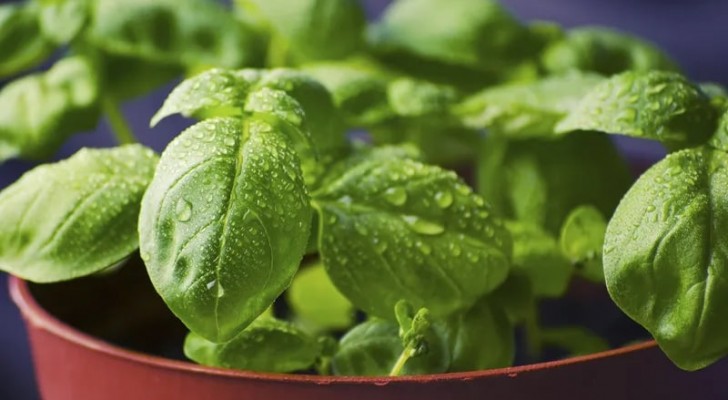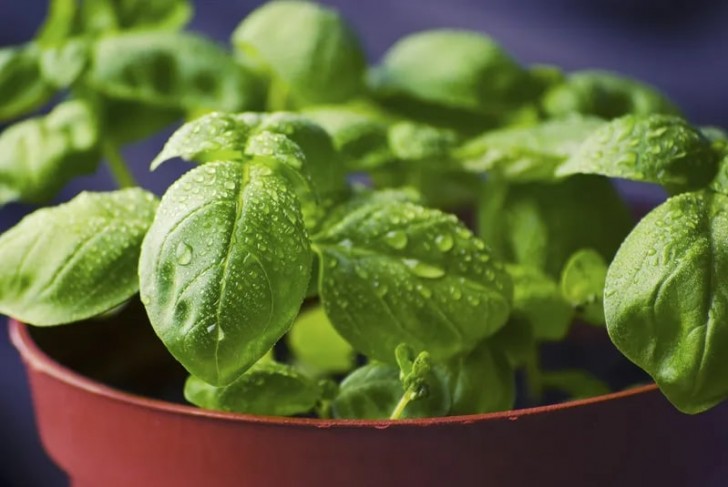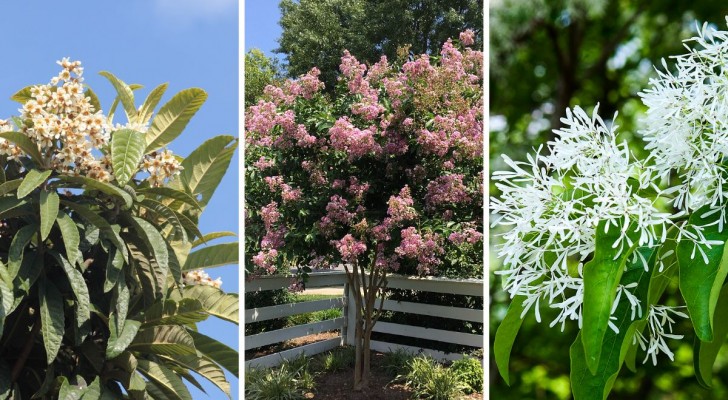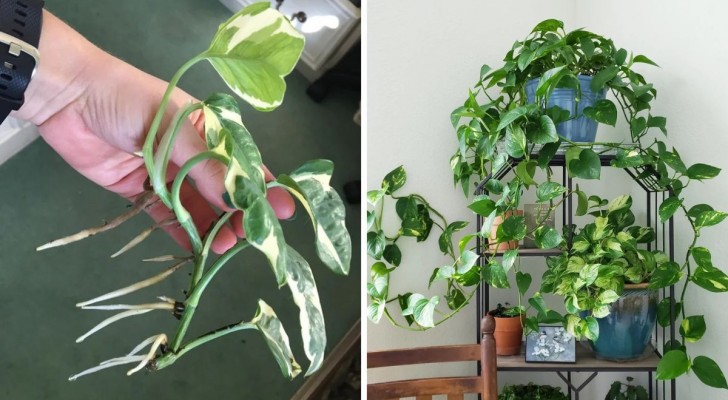Learn to propagate basil plants to have plenty to hand whenever you need them

Basil is one of the most popular aromatic plants, excellent for flavoring a myriad of dishes and creating superlative condiments (pesto, for example). It is also a plant that endures from one year to the next, especially if you can dedicate care to it to keep it thriving in winter, by providing a protected and controlled environment.
Basil is also a plant whose leaves can only be consumed when each branch stem has grown to about 20 cm in height, and if we a lot of this herb in our cooking, a single plant per year is probably not going to be enough for our needs. To make sure you have enough basil throughout the year, you can try propagating a basil plant using two possible types of cuttings.

Basil can be propagated with two types of cuttings: from the branching stem (sprigs) or from the leaf.
Sprig cuttings
- This is the most common and easiest method: however, you must start from a well-developed (at least 20 cm high), mature and bushy plant. It must obviously not have any disease or signs of infestation, which could then be transmitted to the cutting as well.
- Cut sprig sections which are about 10-15cm long. They must not have flowers but only healthy leaves with some sprouts / shoots immediately below them.
- Leave only the leaves at top of the sprig and eliminate all the others on the stem.
- Put the sprigs into a glass of warm water (it must not be cold but not too hot either). When using tap water, it is advisable to leave it to rest for 24 hours before immersing the sprigs.
- Place the jar in a bright spot, changing the water every two or three days or whenever it starts to get cloudy.
- In about two weeks, you should see some roots developing from where the leaves were removed. When this happens, you can put the sprig into soil.
- The soil should be kept moist (but not dripping wet) for a couple of weeks and then you can water it like any other basil plant.
With the leaves that you have removed from the branch stems, you can try the leaf cuttings method of propagation, which, however, is less frequently done.
- Discard any leaves that don't look perfectly healthy and lush.
- They must be cut as close to the branch as possible, not torn off, and they must all still have their leaf stalk: that's where the roots will sprout from.
- Put only the peduncle (the stalk of the leaf) in water, and then continue as for treatment of sprigs.
- Similarly, in this case, it takes about two weeks to see small and delicate roots appear.
- After planting and moistening the soil, the roots should develop fully, the plant will grow, and when the new shoots have developed, you can remove the leaf from which you started the cutting.
Have you ever tried to propagate basil?





